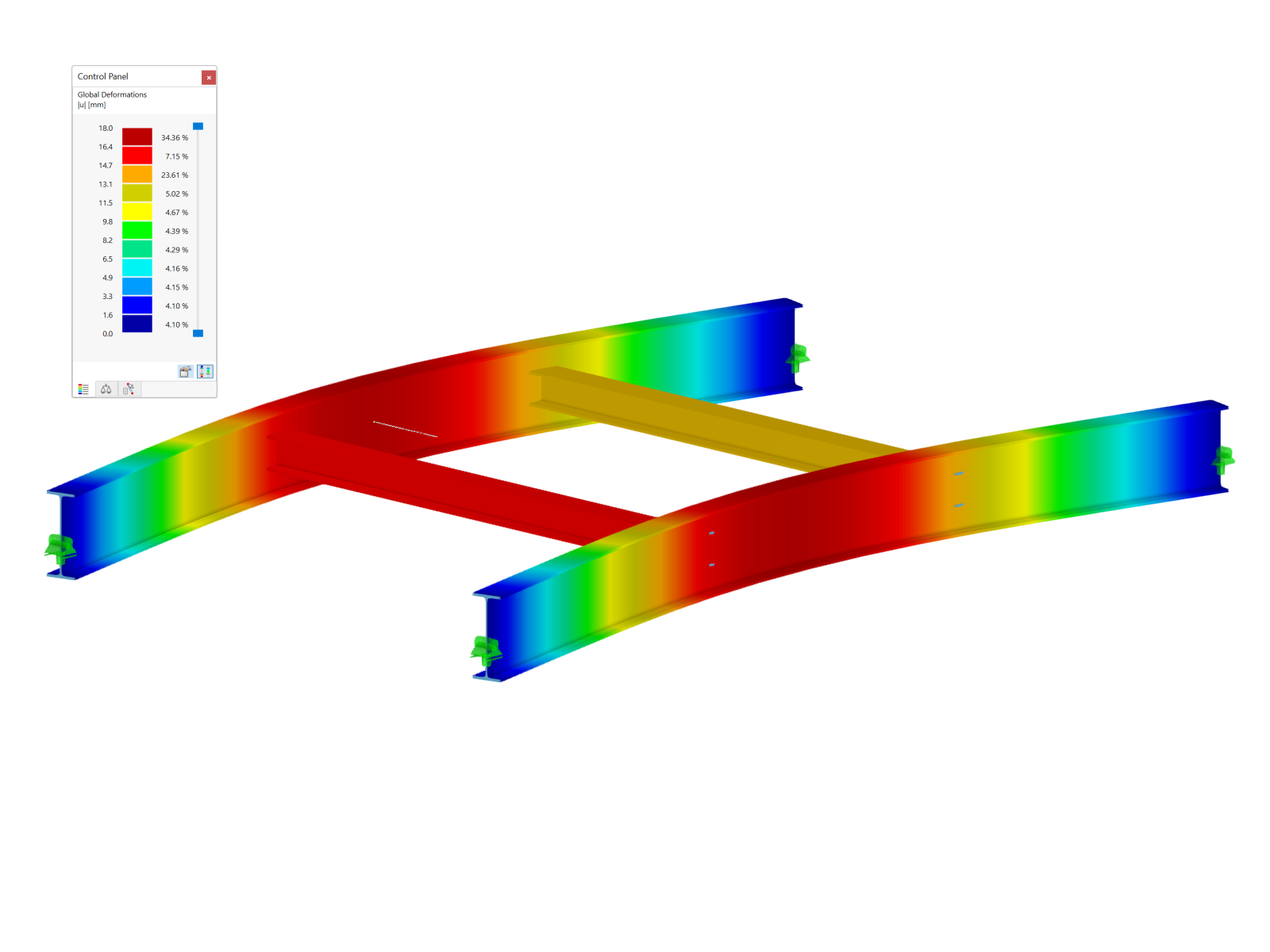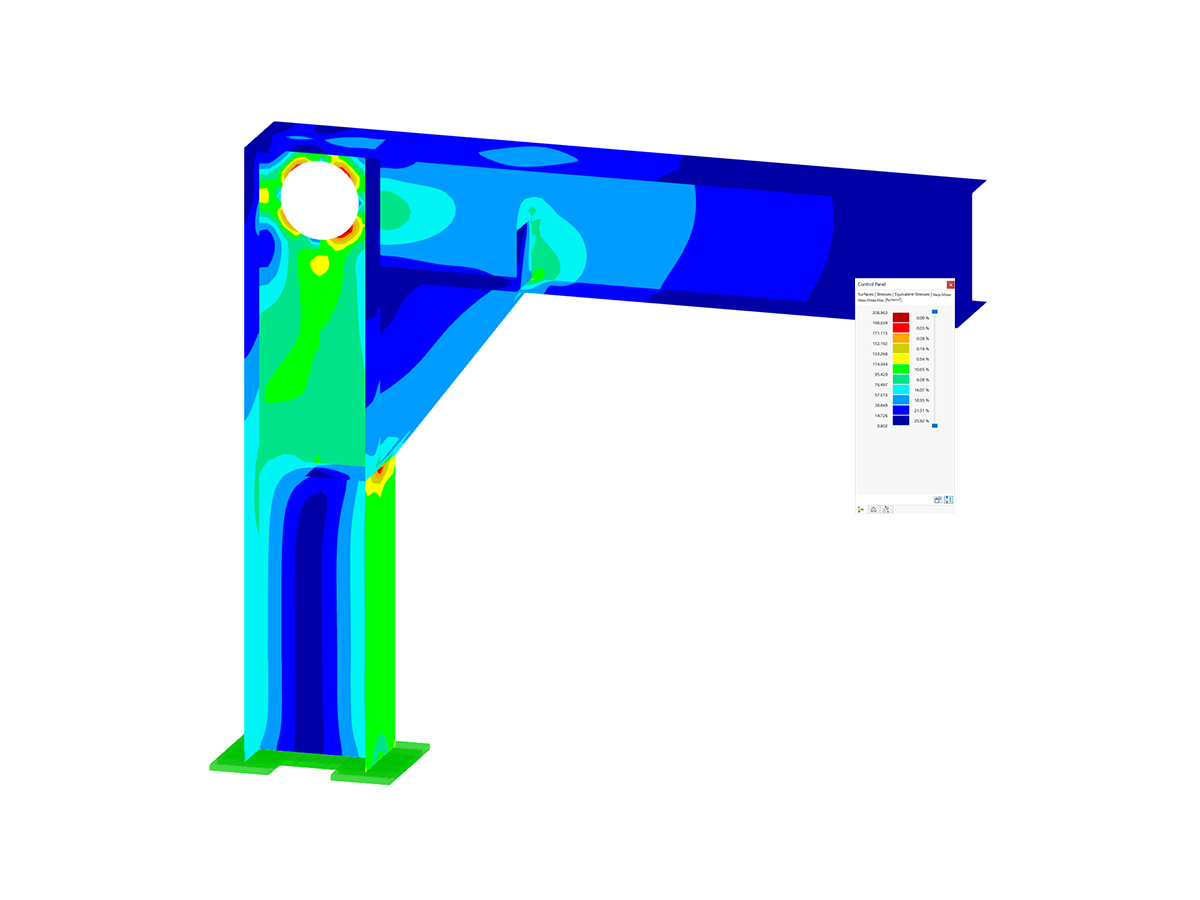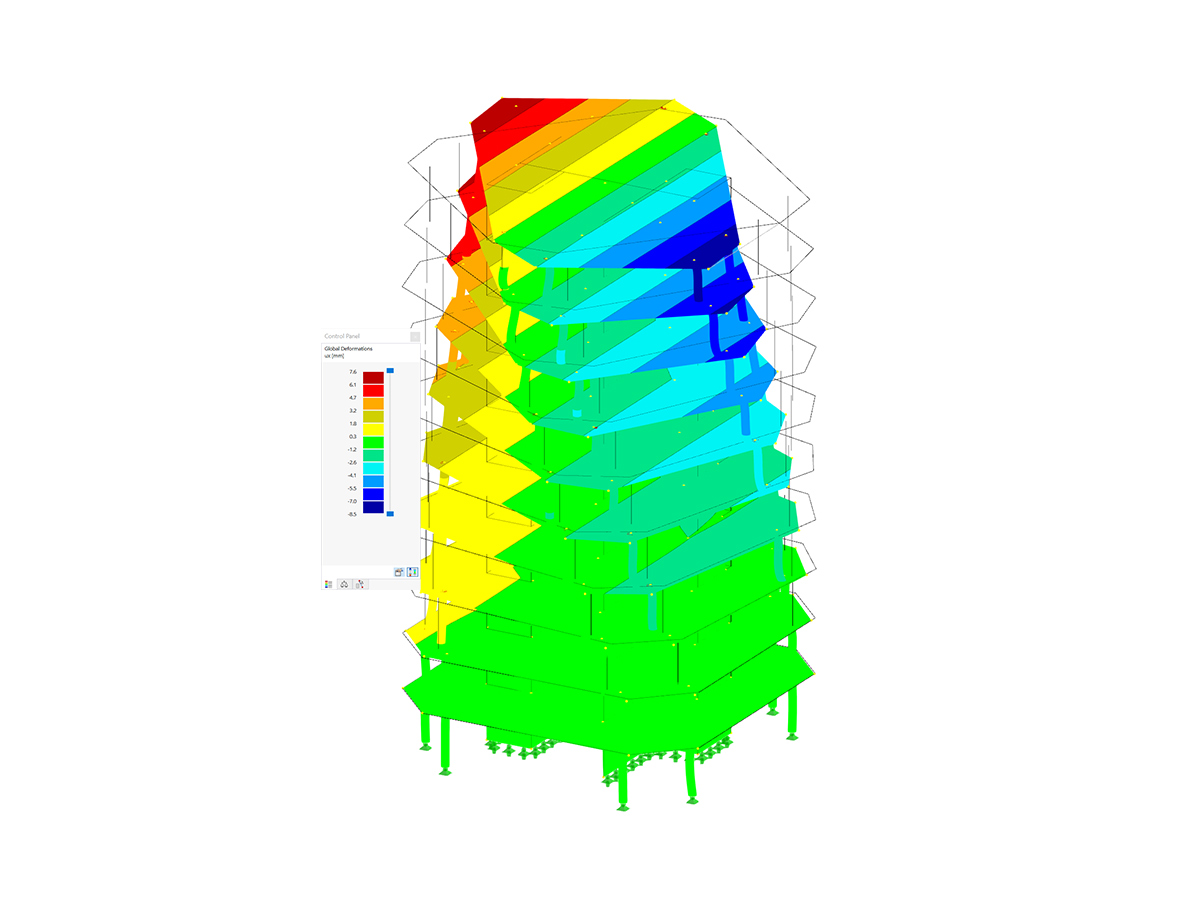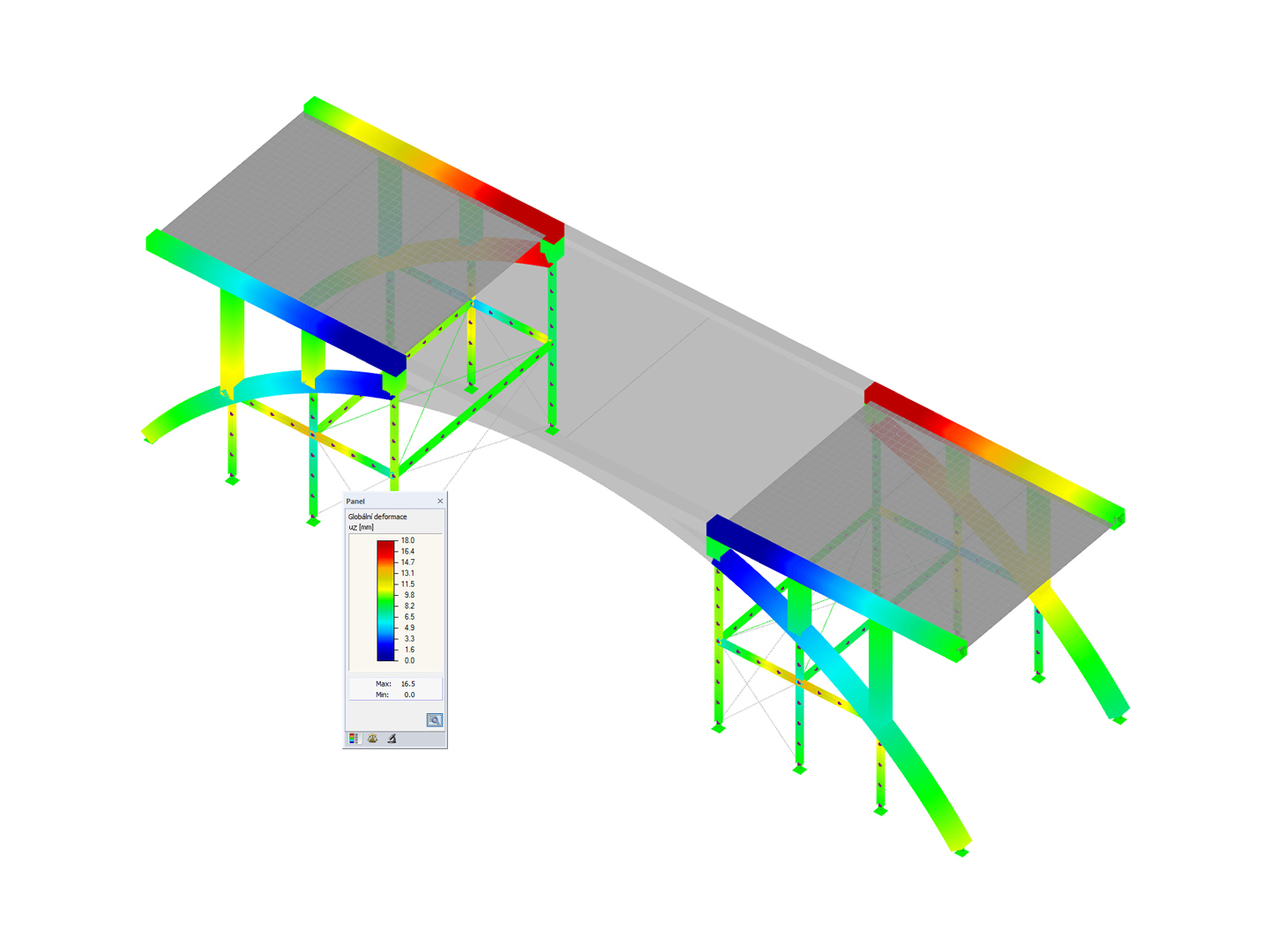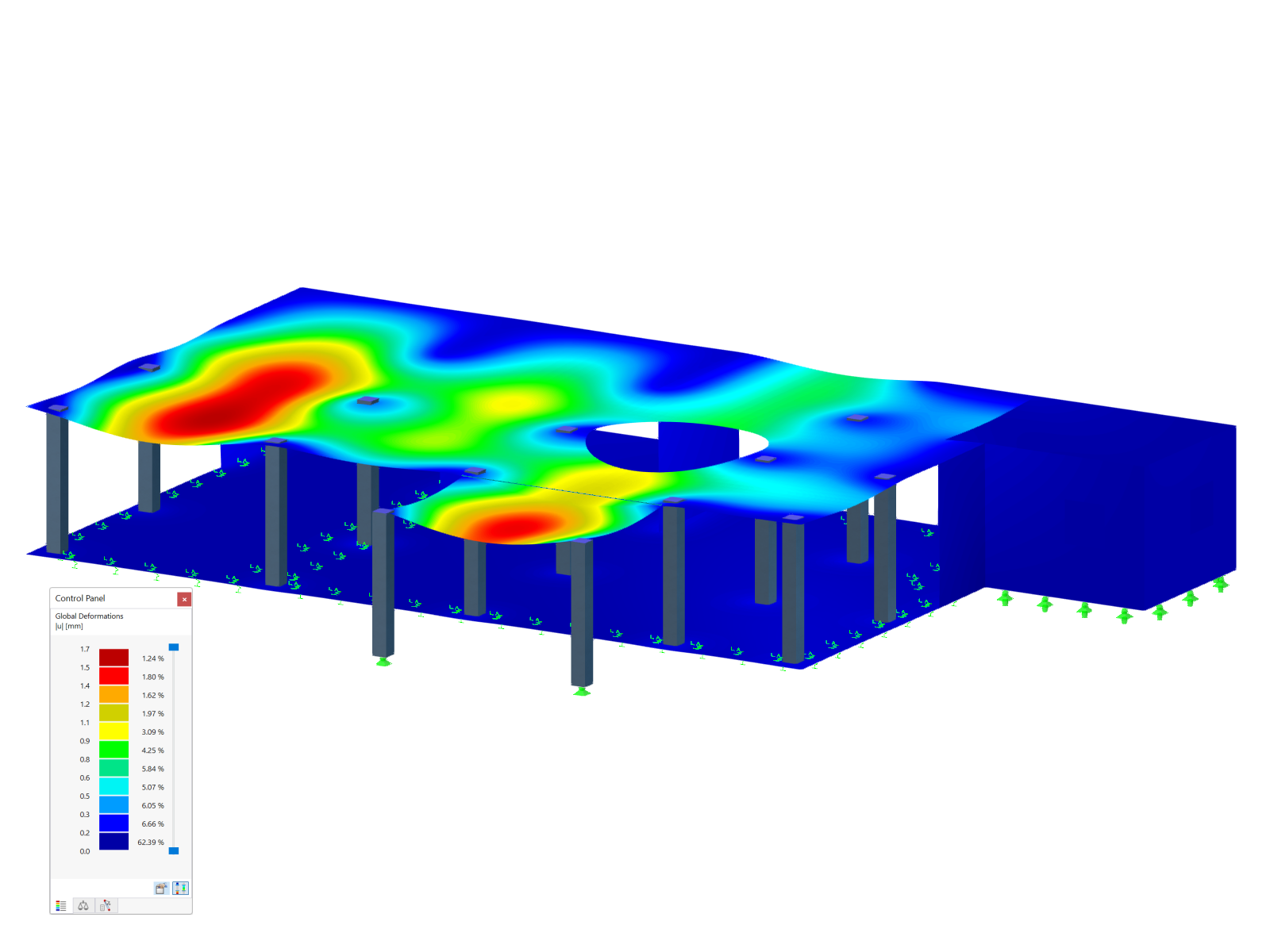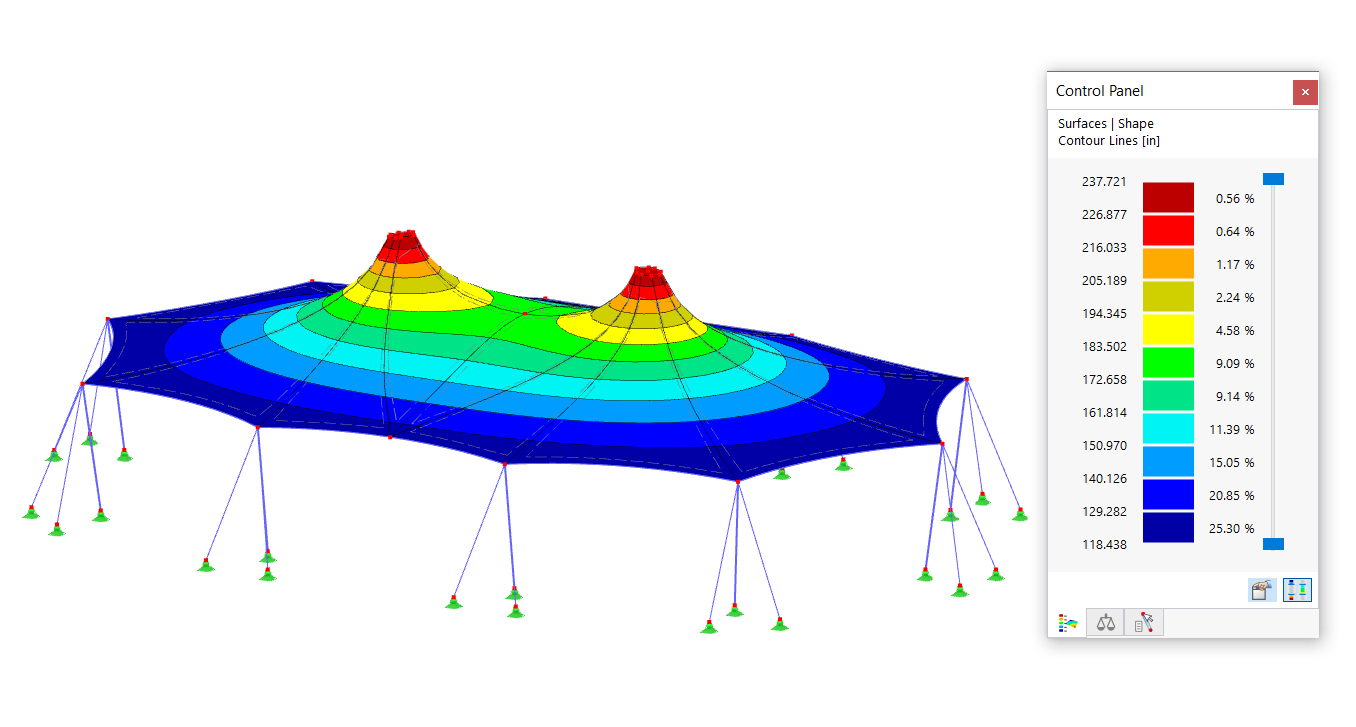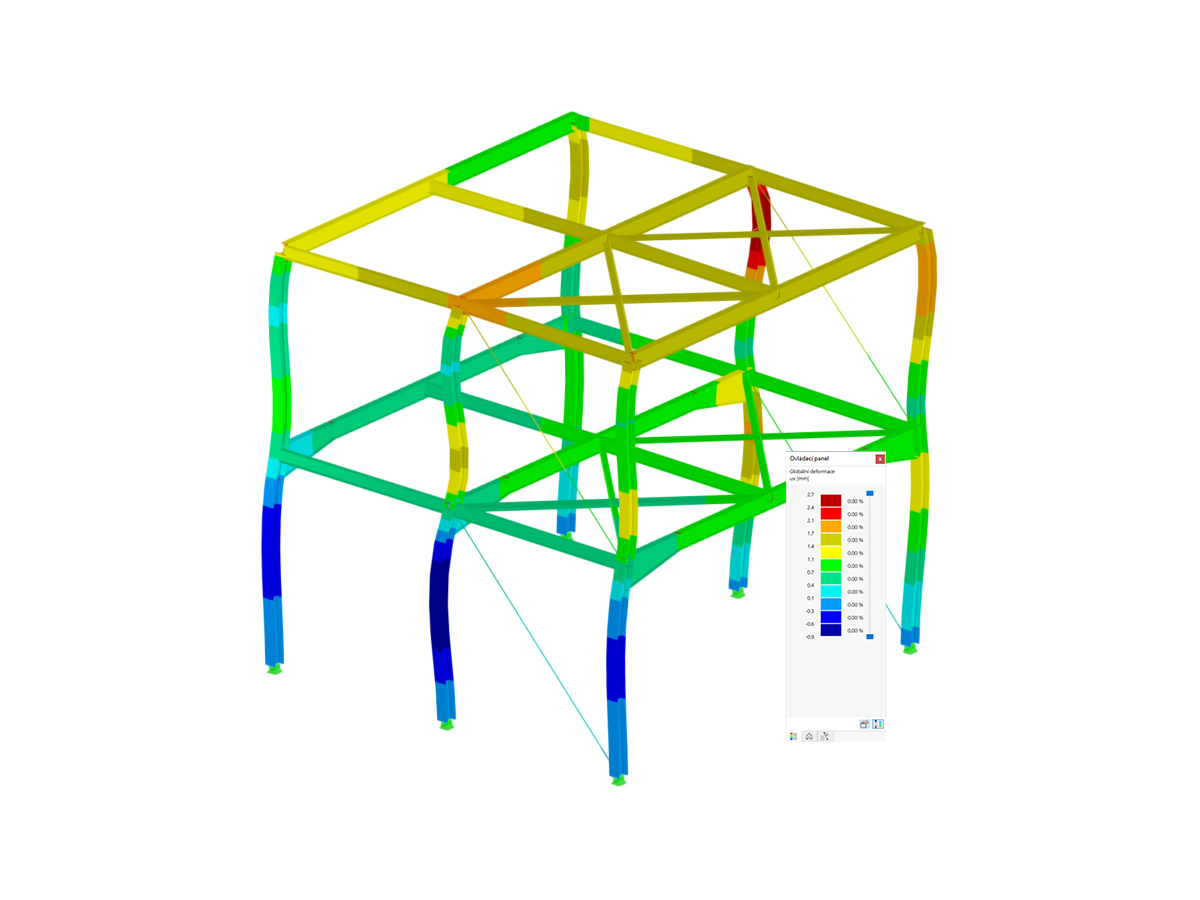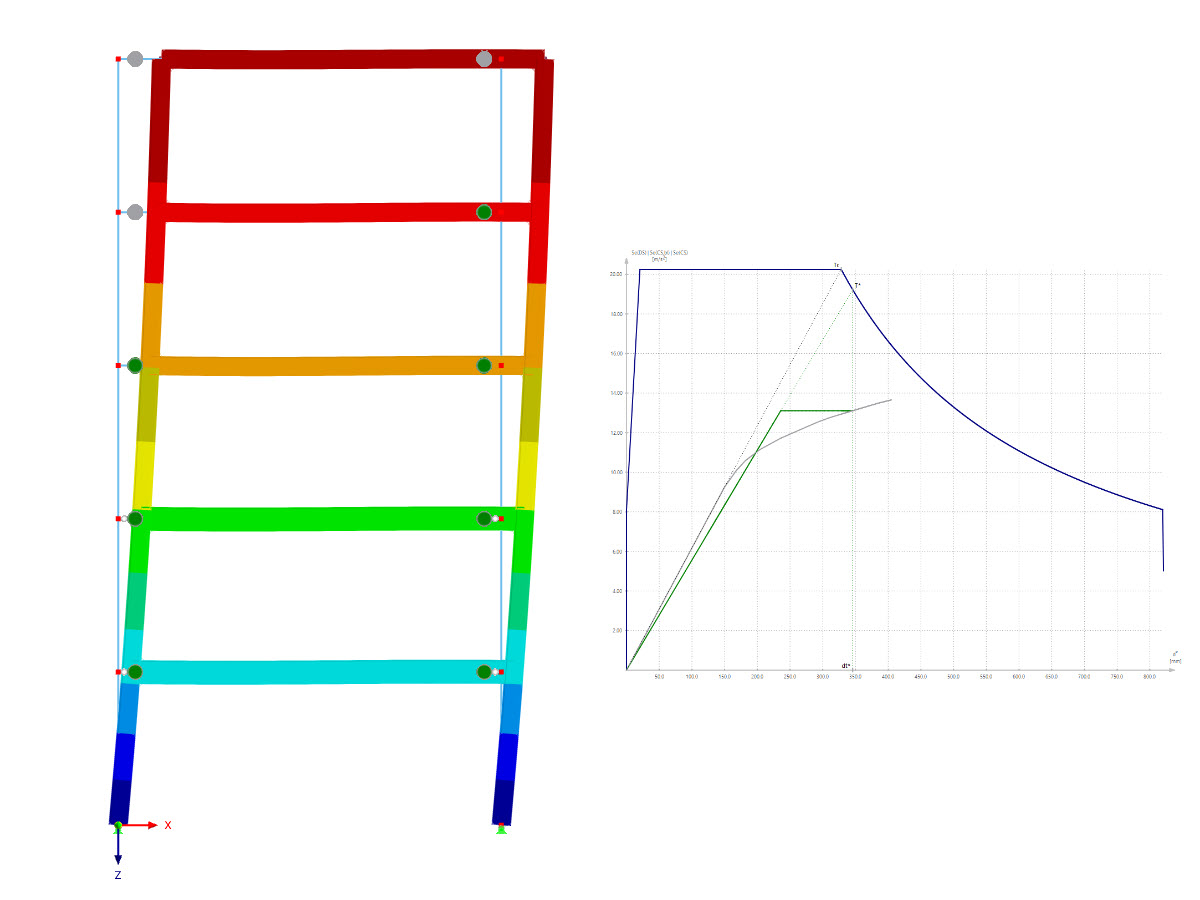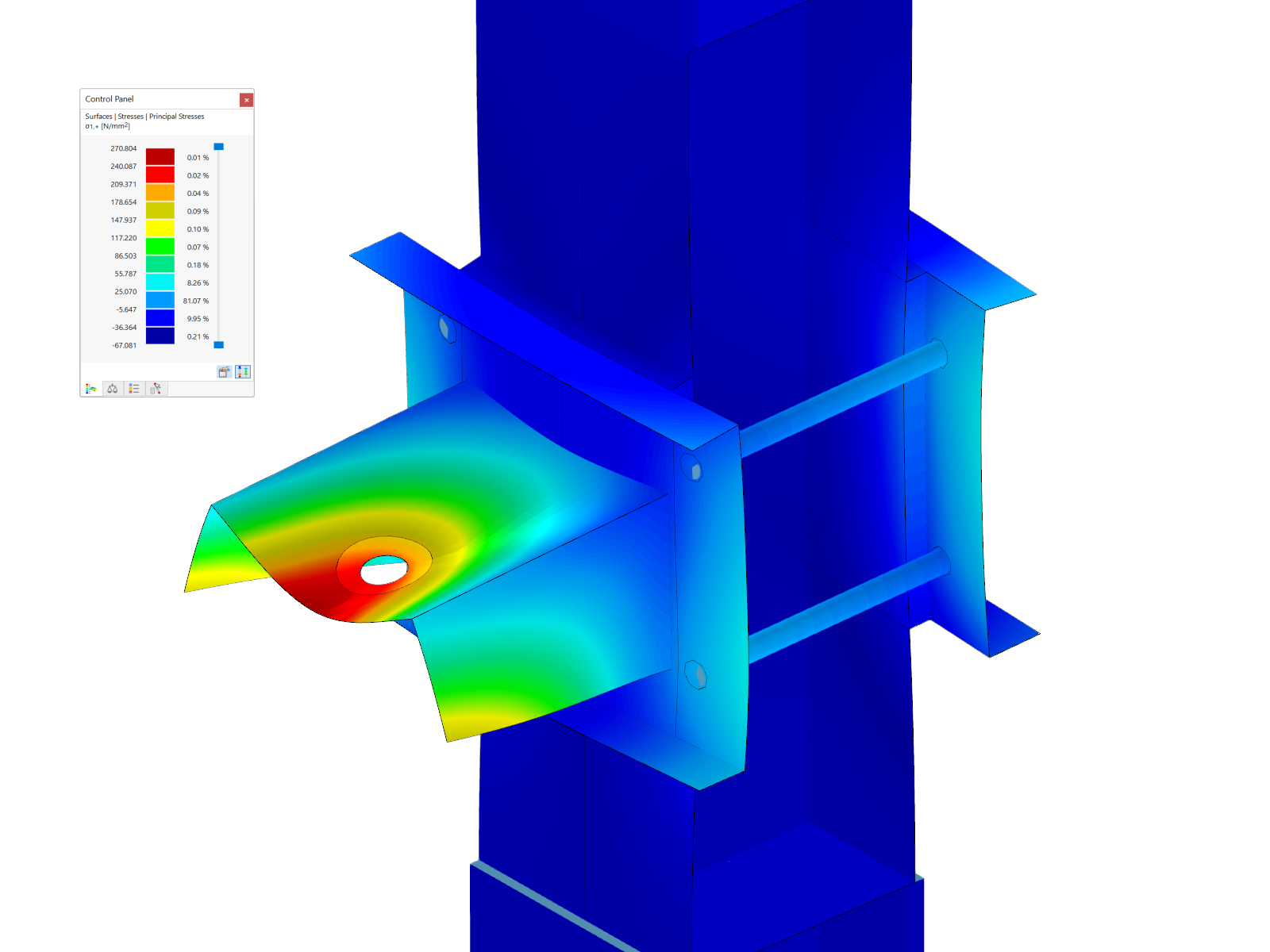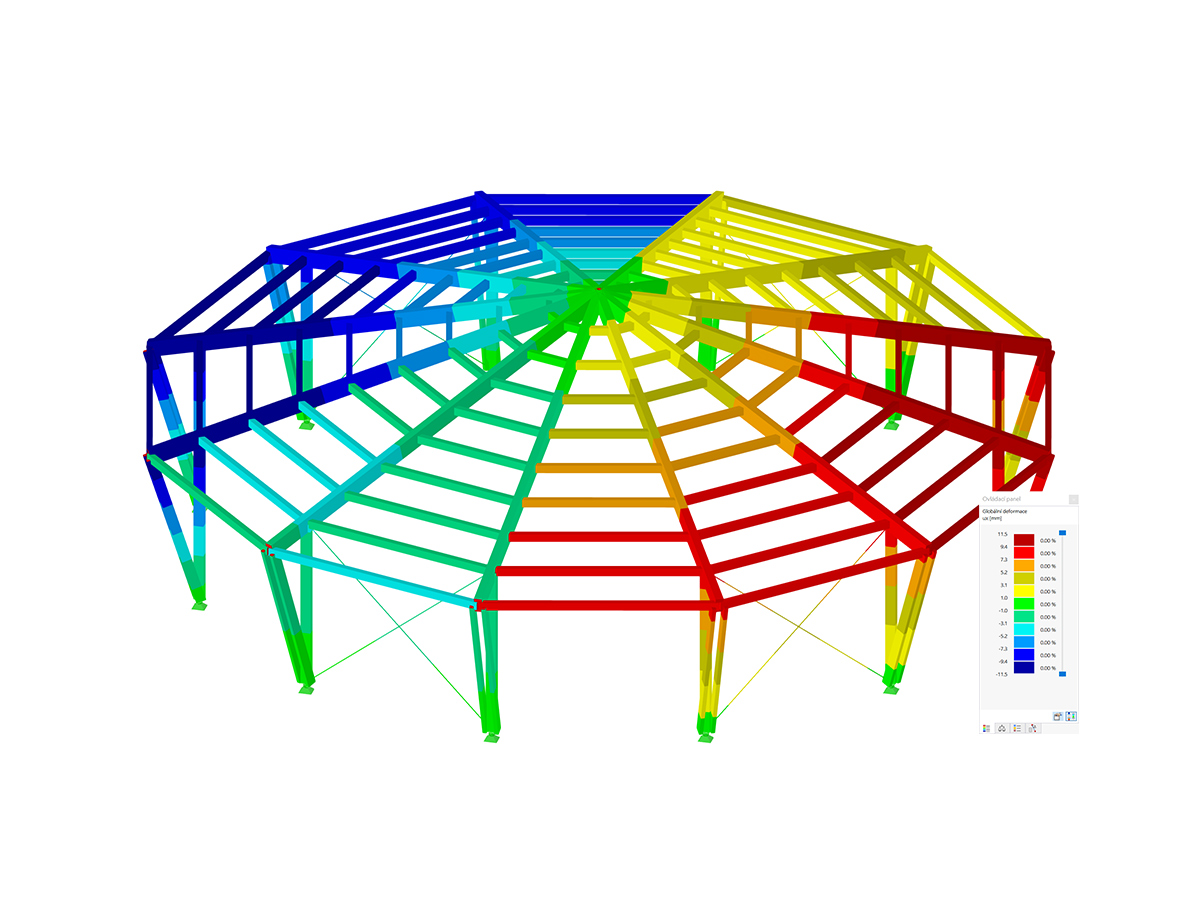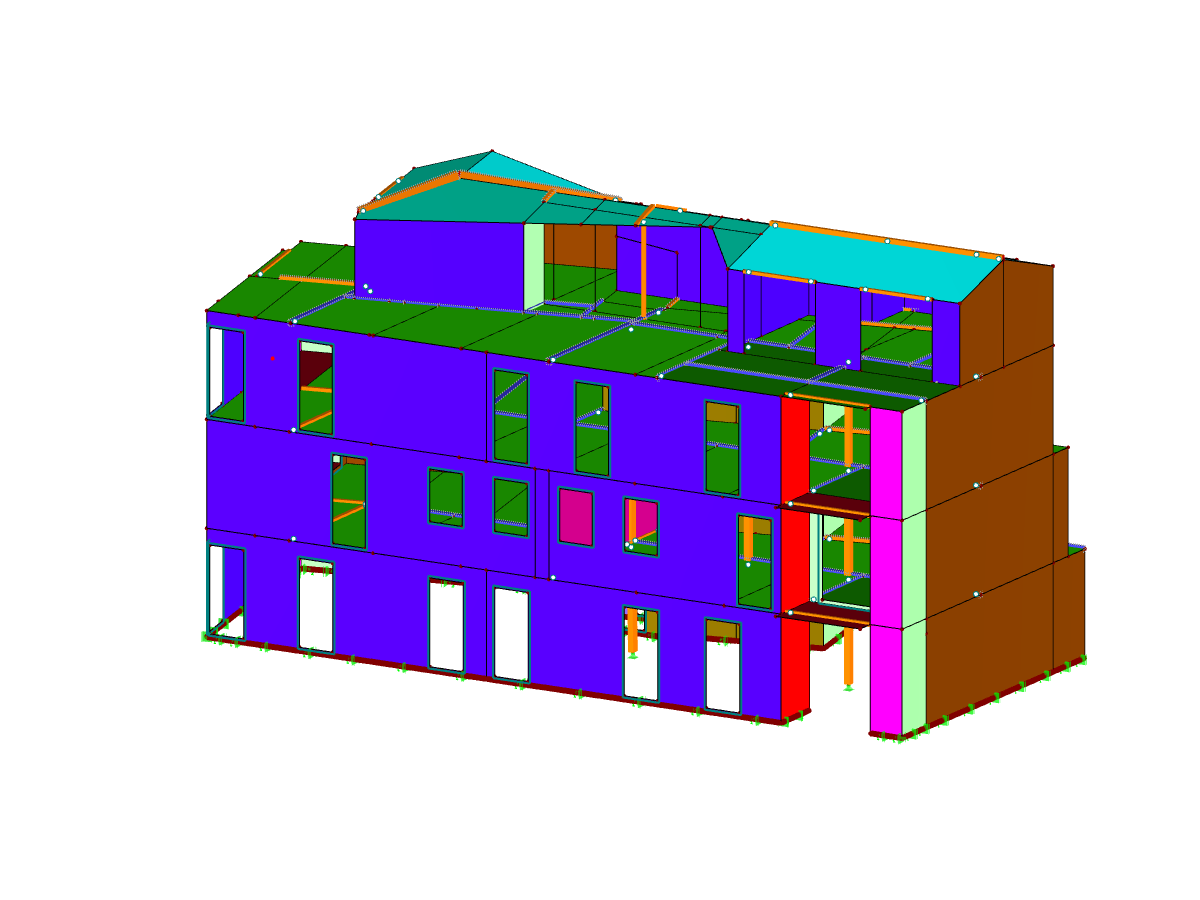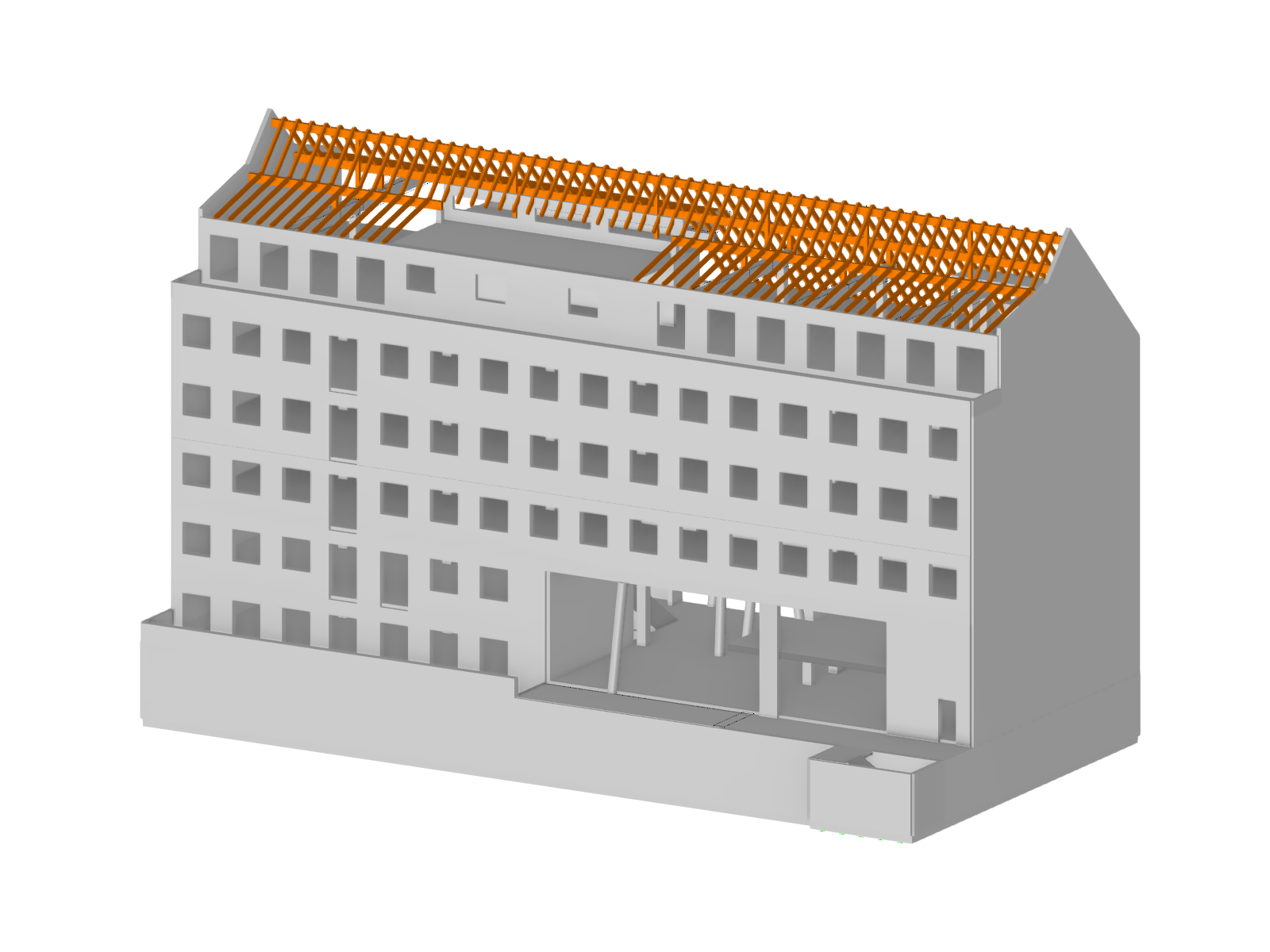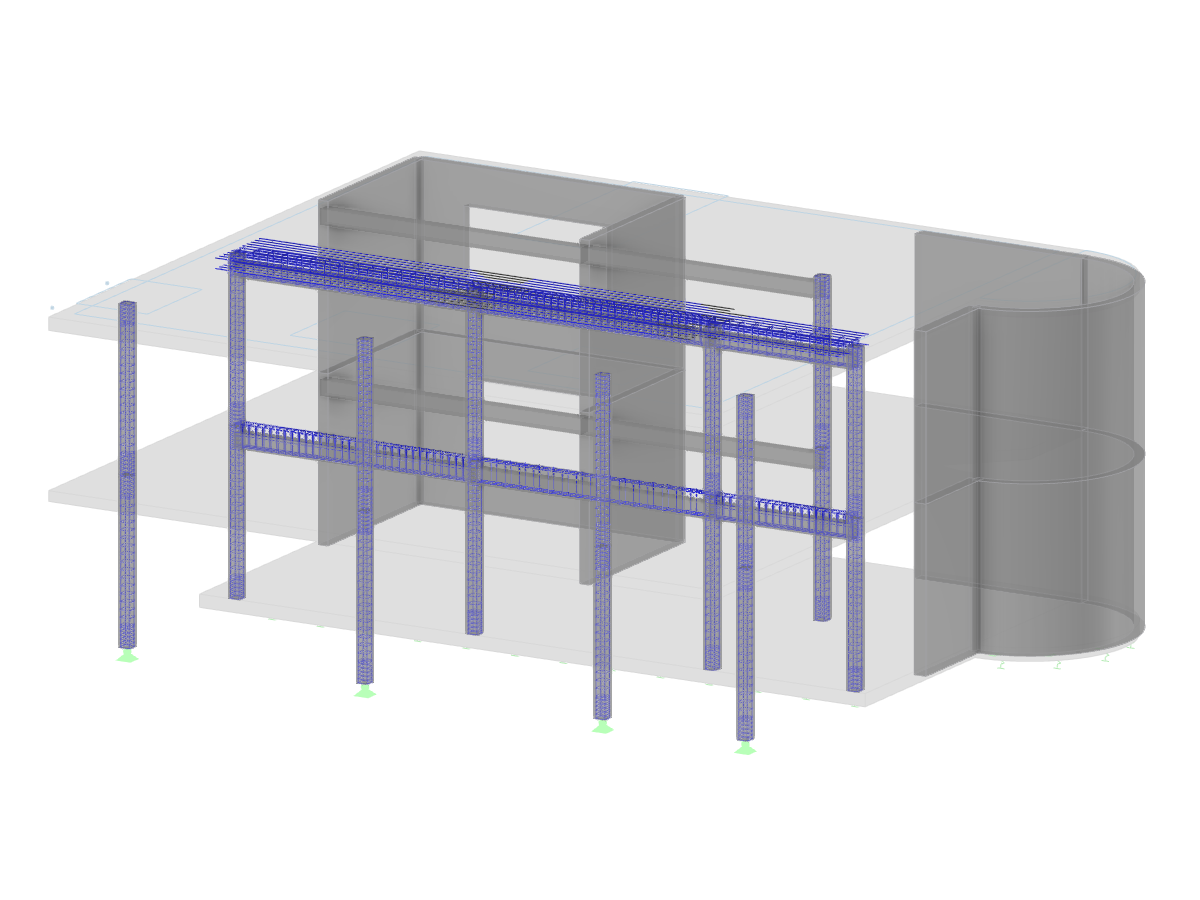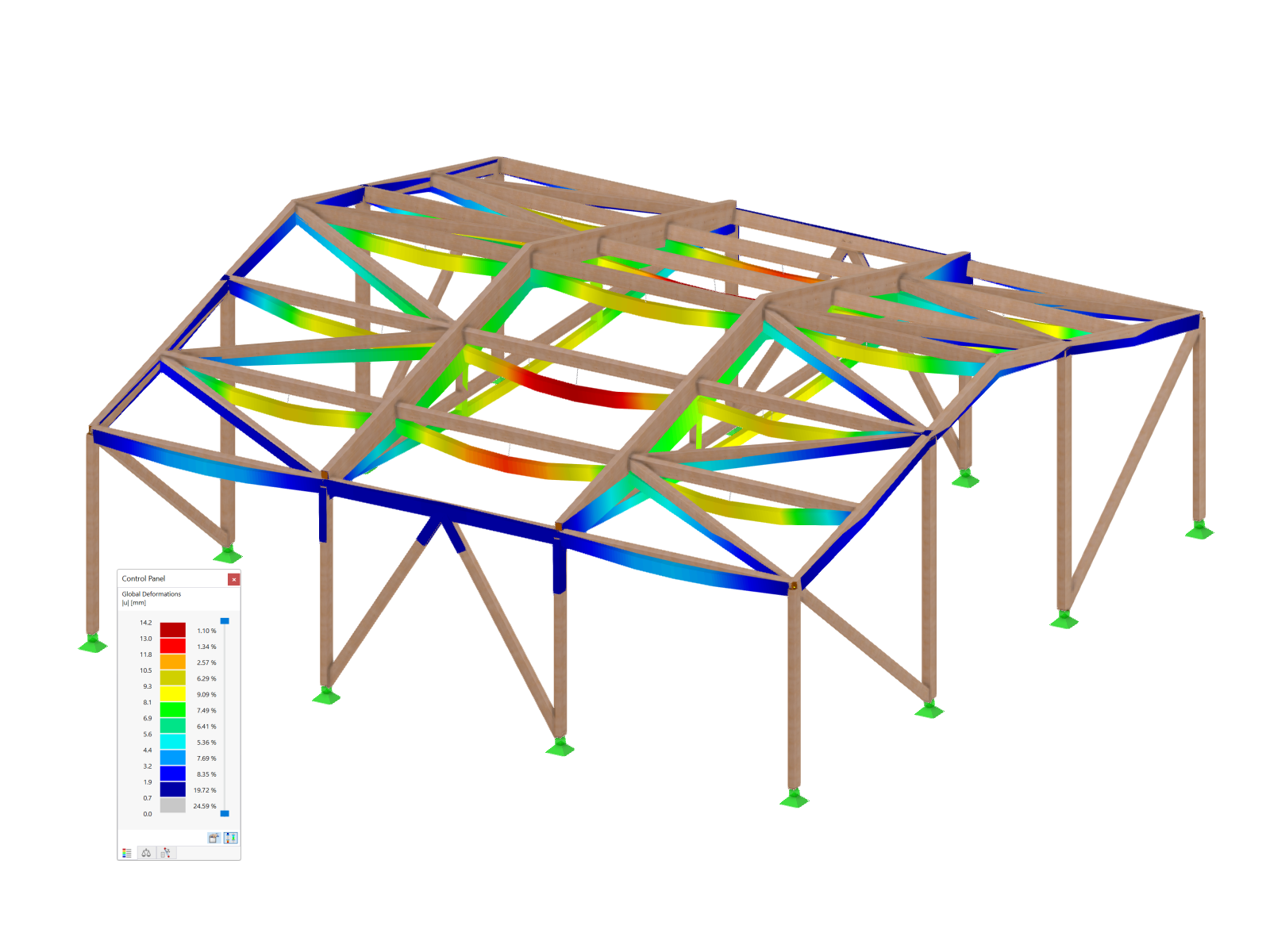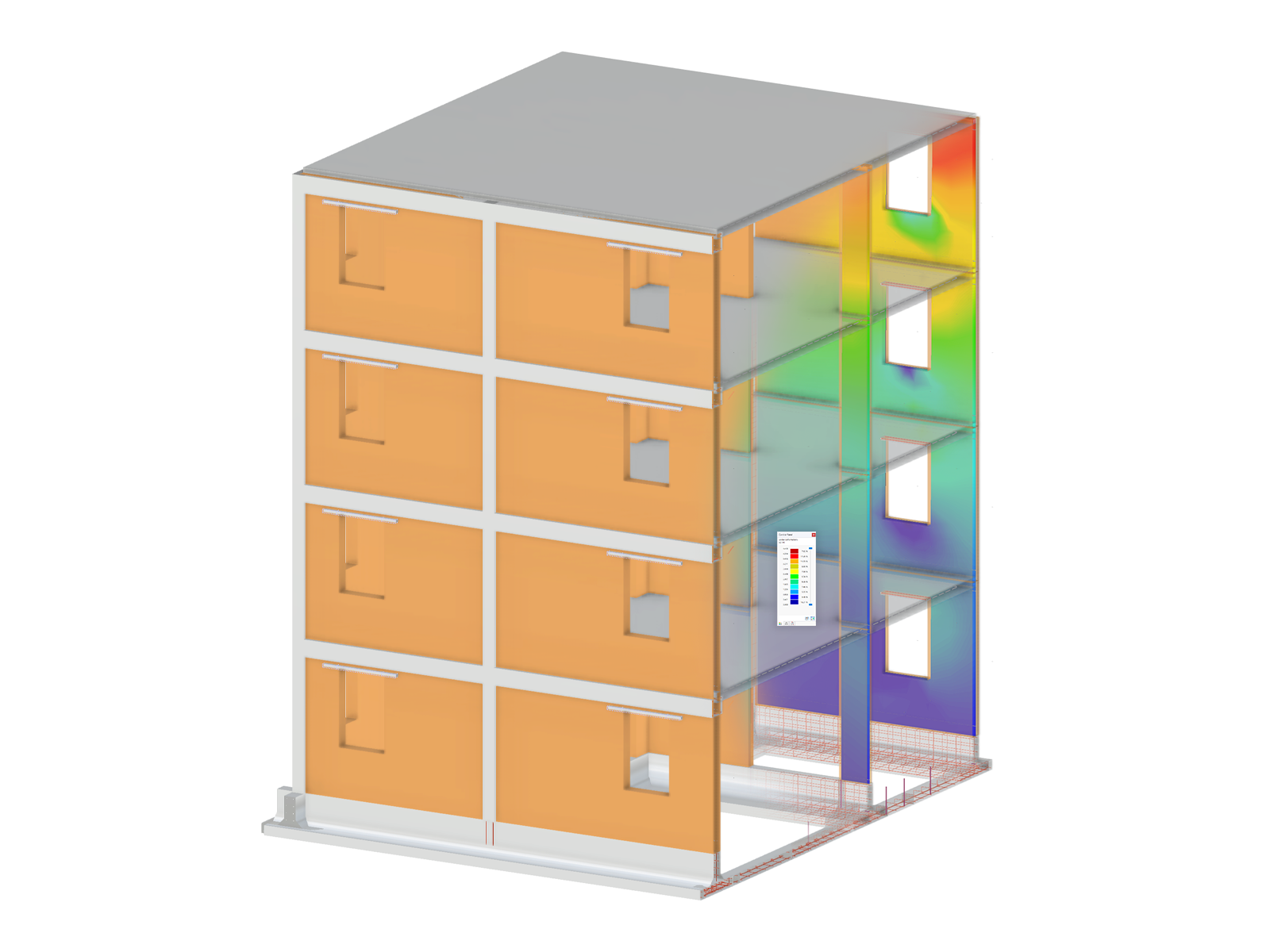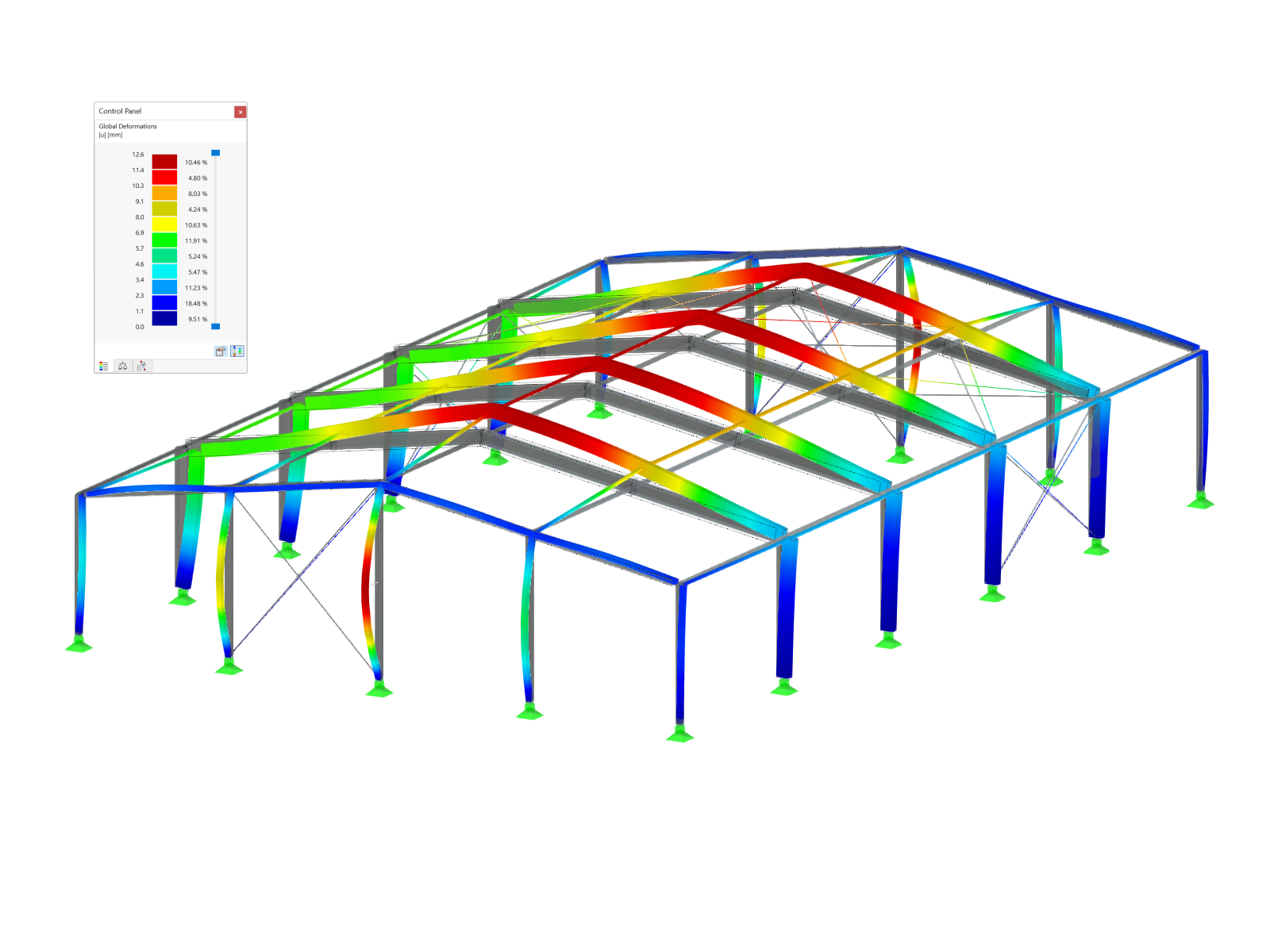Download the model of a building with inclined reinforced concrete columns here and open it with the structural FEA software RFEM 6.
This model is used in the morning session"Design of Inclined Reinforced Concrete Columns According to EN 1992"on September 14, 2023.| 5 star | ||
| 4 star | ||
| 3 star | ||
| 2 star | ||
| 1 star |
Building with Inclined Reinforced Concrete Columns
| Number of Nodes | 112 |
| Number of Lines | 194 |
| Number of Members | 186 |
| Number of Surfaces | 3 |
| Number of Solids | 0 |
| Number of Load Cases | 1 |
| Number of Load Combinations | 2 |
| Number of Result Combinations | 0 |
| Total Weight | 1694.993 tons |
| Dimensions (Metric) | 46.000 x 13.600 x 20.300 m |
| Dimensions (Imperial) | 150.92 x 44.62 x 66.6 feet |
You can download this structural model to use it for training purposes or for your projects. However, we do not assume any guarantee or liability for the accuracy or completeness of the model.
![Basic Shapes of Membrane Structures [1]](/en/webimage/009595/2419502/01-en-png-png.png?mw=512&hash=6ca63b32e8ca5da057de21c4f204d41103e6fe20)
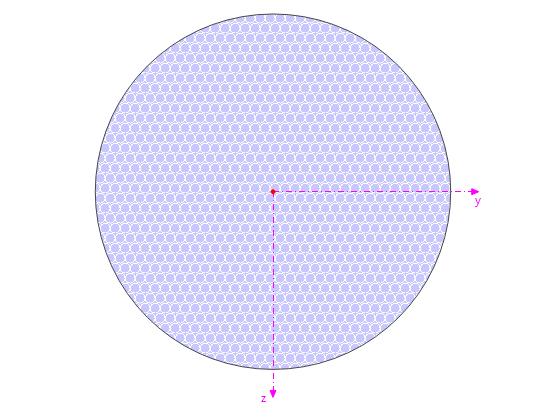
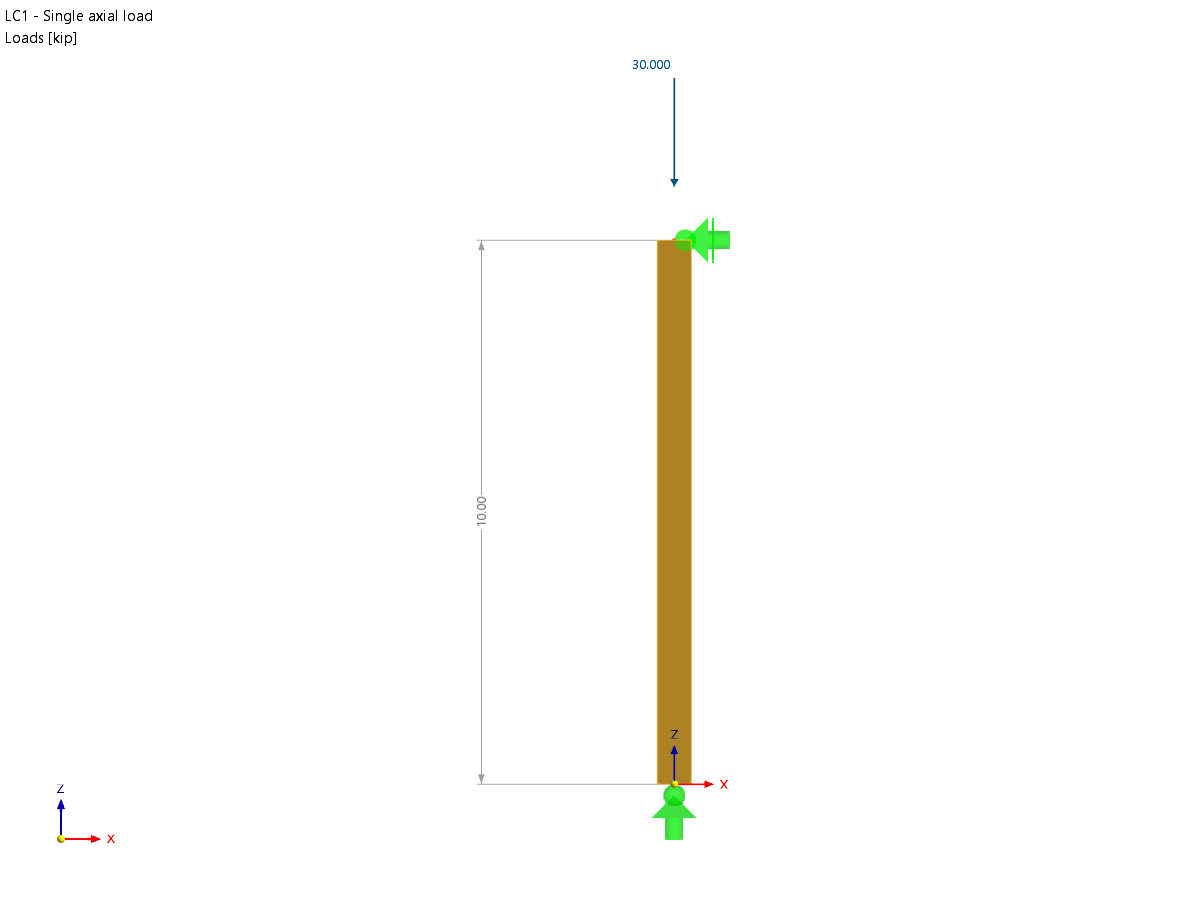
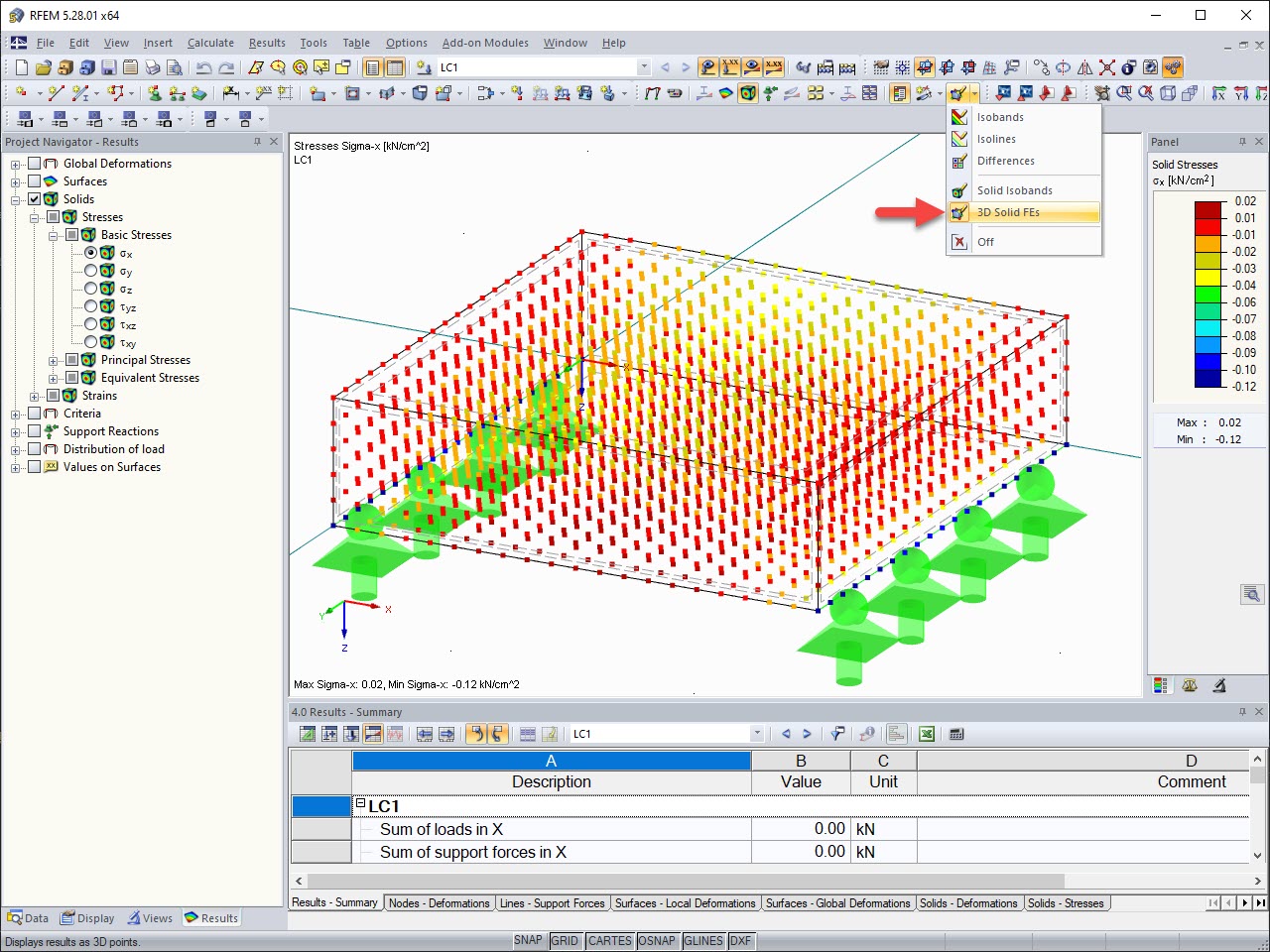
The results of solid stresses can be displayed as colored 3D points in the finite elements.
.png?mw=512&hash=ea9bf0ab53a4fb0da5c4ed81d32d53360ab2820c)
The number of degrees of freedom in a node is no longer a global calculation parameter in RFEM (6 degrees of freedom for each mesh node in 3D models, 7 degrees of freedom for the warping torsion analysis). Thus, each node is generally considered with a different number of degrees of freedom, which leads to a variable number of equations in the calculation.
This modification speeds up the calculation, especially for models where a significant reduction of the system could be achieved (for example, trusses and membrane structures).

Display extended strains of members, surfaces, and solids (for example, the important principal strains, equivalent total strains, and so on) in the Project Navigator - Results in RFEM as well as in Table 4.0.
For example, you can display governing plastic strains when performing the plastic design of connections with surface elements.

RFEM and RSTAB models can be saved as 3D glTF models (*.glb and *.glTF formats). View the models in 3D in detail with a 3D viewer from Google or Babylon. Take your VR glasses, such as Oculus, to "walk" through the structure.
You can integrate the 3D glTF models into your own websites using JavaScript according to the instructions (as on the Dlubal website Models to Download): "Easily display interactive 3D models on the web & in AR" .
Where can I find videos or introductory examples of the RF‑COM and RS‑COM add‑on modules?









.png?mw=350&hash=c6c25b135ffd26af9cd48d77813d2ba5853f936c)

















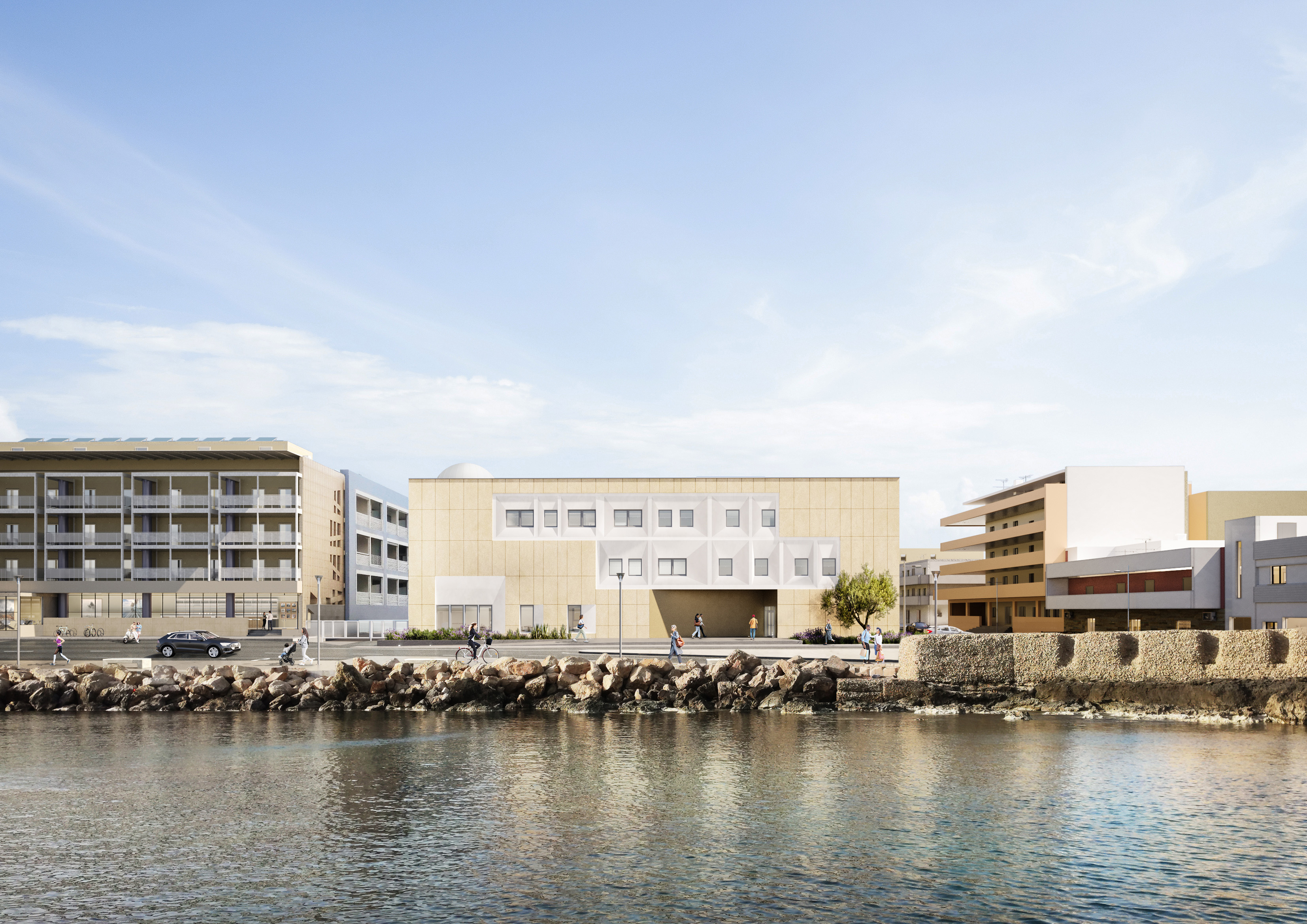_1.jpg?mw=350&hash=ab2086621f4e50c8c8fb8f3c211a22bc246e0552)








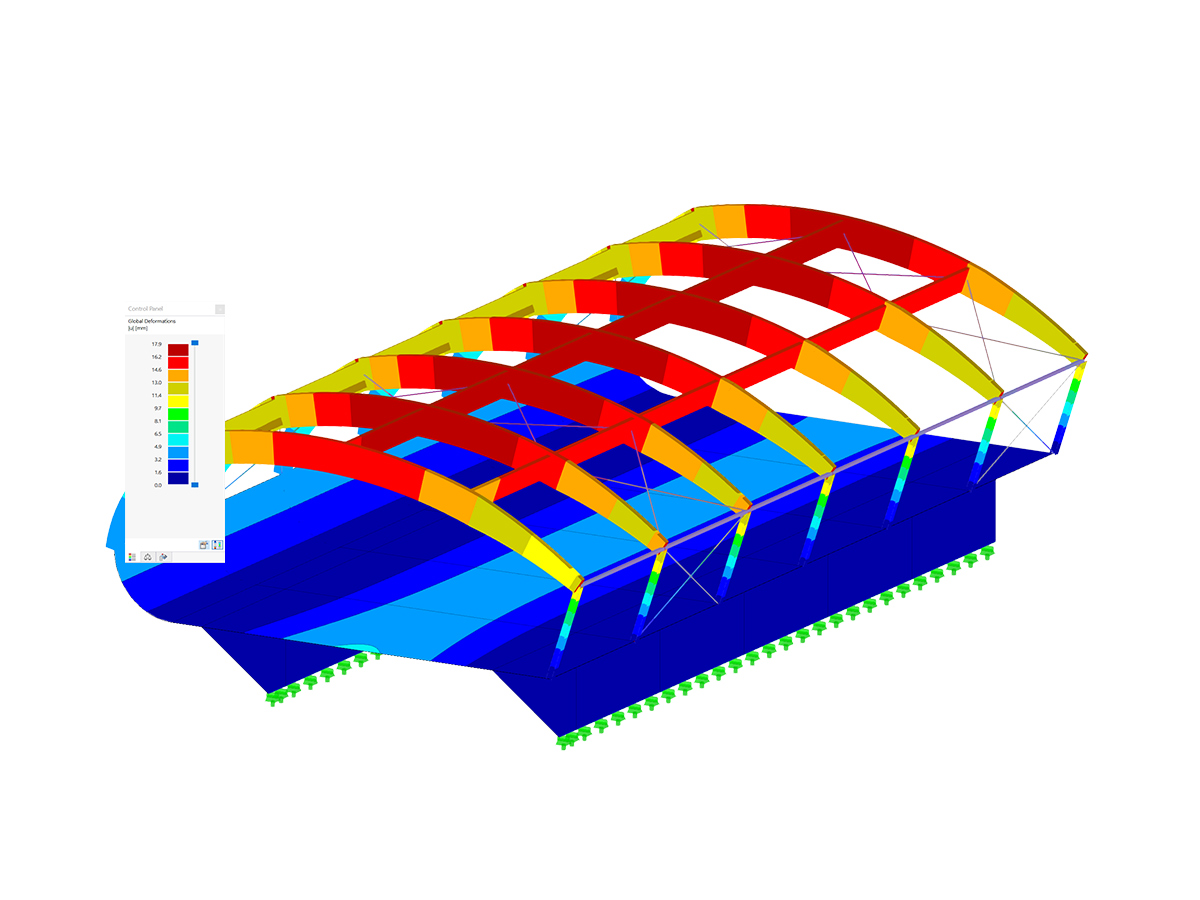
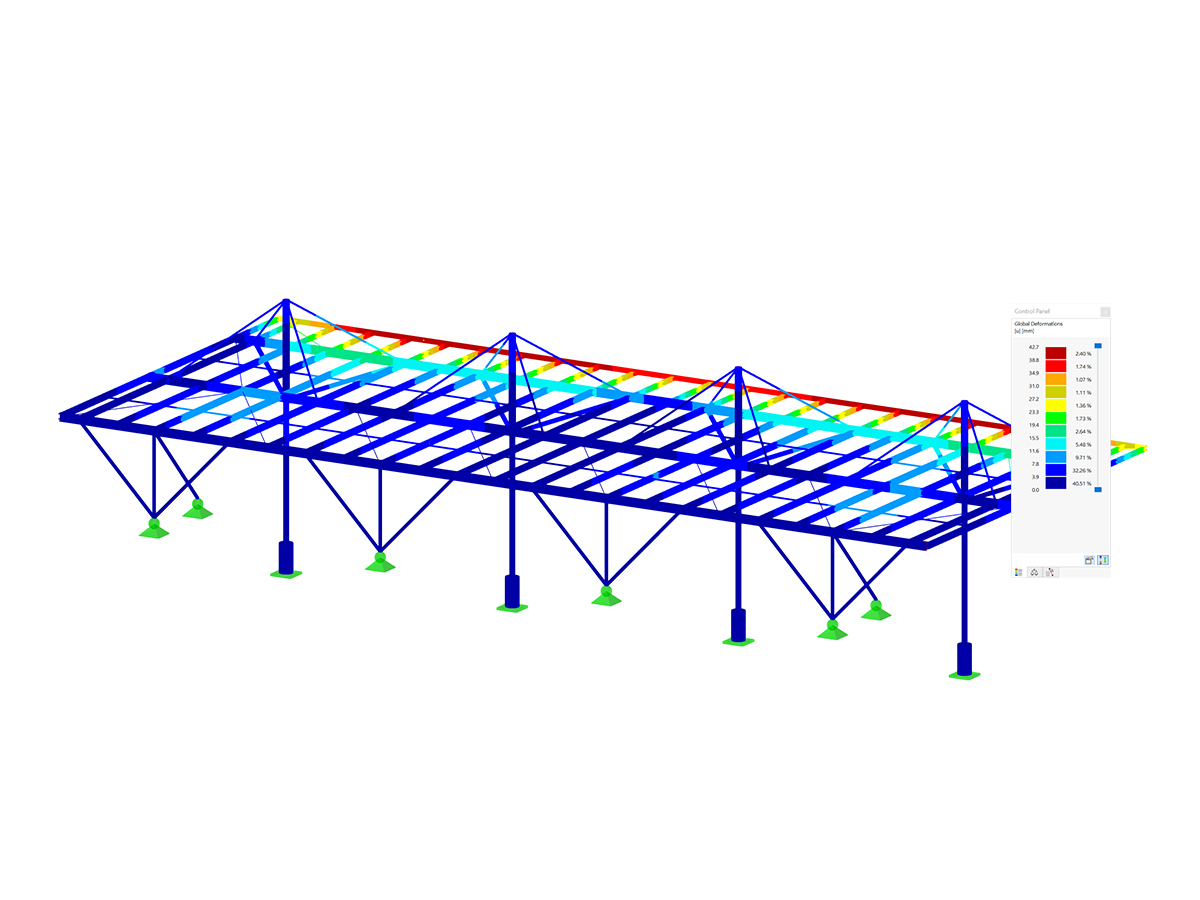
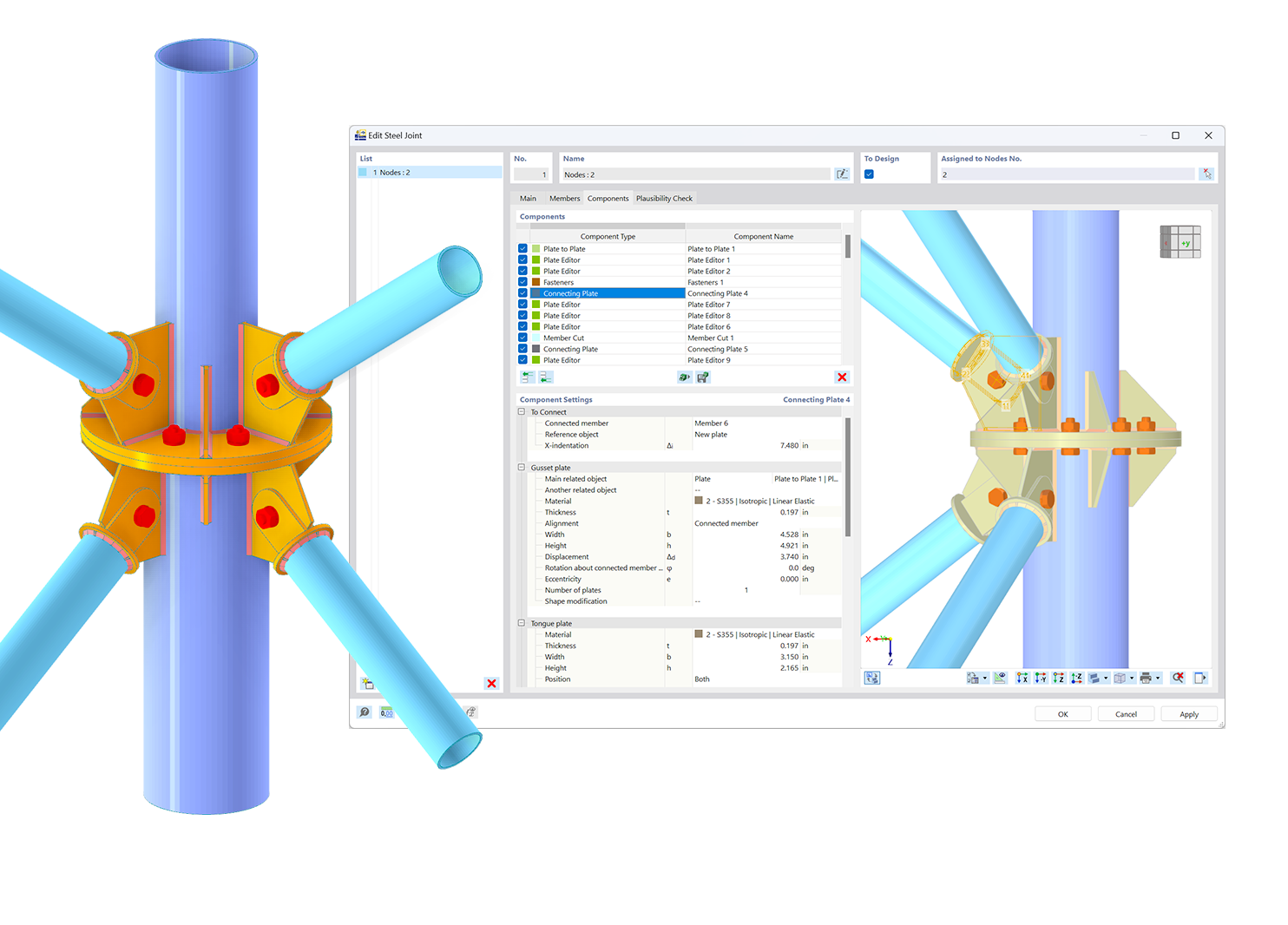.png?mw=600&hash=49b6a289915d28aa461360f7308b092631b1446e)
